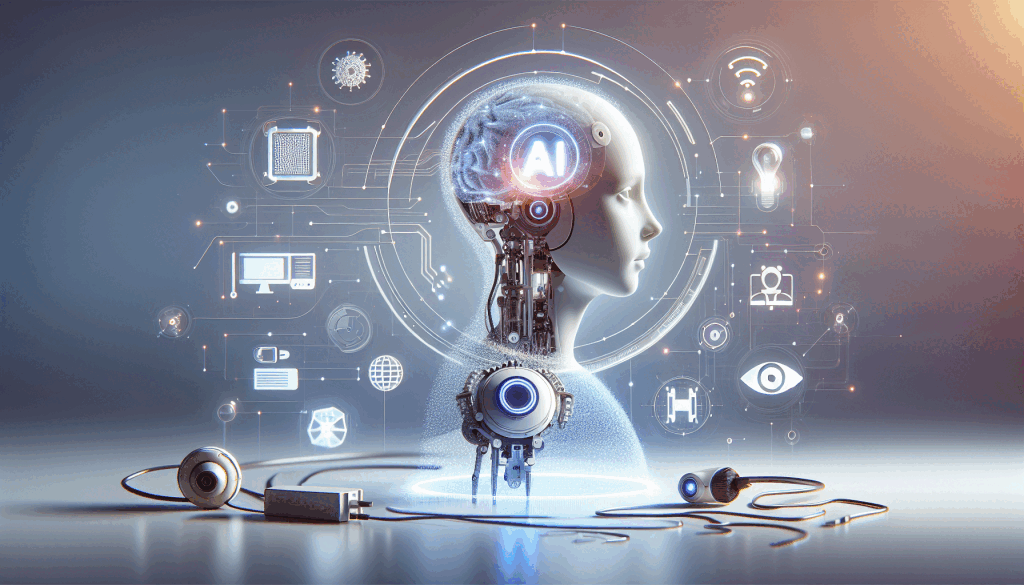
The fact that artificial intelligence is taking over industries isn’t something new now. But the question here is, what makes artificial intelligence so powerful in today’s world? Major industries, from healthcare and education to finance and entertainment, AI is transforming how we live and work. AI models, once a futuristic concept, are now helping industries in automating tasks, solving problems, and making accurate predictions. But to get the best results from an AI system, one thing is essential- optimization.
So, what exactly is AI optimization, and how does it manage to perform such tasks? To define it, we can say the process of improving how an AI model learns and performs. The process involves fine-tuning the model to make it faster, more accurate, and more efficient. Without optimization, even the most advanced AI models can fall short.
Another major question that arises here is, why does this even matter? Well, an optimized AI model not only performs better but also helps in saving time and resources. This is very important when AI is used in real-time systems like voice assistants, recommendation engines, or autonomous vehicles.
So, here is a well-explained article to help you explore the fascinating world of AI model optimization. In this article below we will break down the science behind it, discuss common techniques, and explain how these methods can lead to smarter and more reliable AI systems.
Understanding AI Models and Their Challenges
Basically, AI models are computer programs that are designed to learn from data and make decisions or predictions. If you take a close look at the market, there are different types of AI models available, however, most of the common ones are machine learning and deep learning. Machine learning models learn patterns from data using simple methods, while deep learning uses more complex layers, often inspired by how the human brain works.
While AI can be very powerful, building and using these models comes with some common problems. Let’s take an example to understand this, Overfitting happens when a model learns the training data too well and doesn’t work well on new data. Meanwhile, on the other hand, underfitting means the model is too simple and misses important patterns.
These AI models can also consume a lot of computer time and energy to execute and this contributes to the computational latency and cost further. The growing volume of data at times becomes difficult for the AI model to process.
That is why it becomes extremely important to achieve the right balance between accuracy and speed. It is wonderful to have a very accurate model, but if it takes an eternity or consumes too much computer power, then it may be useless.
The key here is to develop smart models that will perform best and be fluid in execution. Such a situation demands expertise, and thus, partnering with an AI development company in India can be the most suitable option, as they have a huge talent pool.
Techniques and Strategies for AI Model Optimization
Simple deployment of AI models won’t cut it; these AI models need to be optimized to make them lighter, faster, and efficient, especially when deployed on low-resource devices. We will go over some of the key techniques and tools available for optimization.
- Algorithmic Optimization
- Pruning: This process helps in making the AI models smaller and quicker by removing the useless parts.
- Quantization: Instead of using higher volumes, we can use smaller ones to reduce the size of the model and speed up its performance, particularly on edge services.
- Knowledge Distillation: It’s a smart way to transfer knowledge from a large, complex model to a smaller, simpler one without losing much accuracy.
- Hardware and Software Optimization
- Specialized Hardware: Utilizing powerful processors like GPUs, TPUs, or AI-specific chips can greatly speed up model training and inference.
- Optimized Libraries: Several tools like TensorFlow Lite, ONNX and TensorRT helps in deploying models in a more efficient way by reducing their size and increasing the speed.
- Automated Optimization
- AutoML & NAS (Neural Architecture Search): These tools are useful in automating the process of selecting the best machine learning model design and setting. In place of configuring everything manually, AutoML identifies the most effective approach on its own, saving both time and effort.
Benefits of Optimized AI Models
There are a multitude of benefits of optimized AI models, and a few major of them are jotted down below:
- Accuracy and Reliability: Optimized AI models are designed to boost accuracy and reliability as they make fewer mistakes and deliver more dependable results.
- Faster Processing: These optimized AI models respond quickly, which is of great help for real-time tasks like voice assistants or search tools.
- Reduced Computations and Energy Costs: These AI models are efficient, using less power and resources, which also helps in saving money.
- Scalable and Flexible Model: These optimized AI runs smoothly on different platforms, from mobile apps to large cloud systems.
- Supports Innovation in NLP: An optimized model can boost the performance of any NLP development company, helping them create smarter chatbots, translators, and more.
Some Expected Future Trends in AI Models
AI model optimization is moving in some exciting directions. One big trend is Edge AI, where models run directly on devices like phones or smart sensors, making things faster and more private.
Another key focus is explainability, making AI decisions easier to understand and more ethical. We’re also seeing optimization techniques being used in reinforcement learning and continual learning, helping AI adapt over time.
All these changes are helping build smarter, more autonomous systems that can learn, react, and improve on their own. Overall, optimization is becoming more efficient, responsible, and closely tied to real-world use.
Conclusion
So now you would have understood how important it is to continuously optimize AI models for building smarter, faster, and more efficient systems. Every mobile app development company must use the latest and upgraded techniques within their existing systems to create an app with enhanced app performance, reduced latency, and surely better user experiences. Whether you’re just starting out or already in the game, explore optimization tools and stay updated with the latest research.





